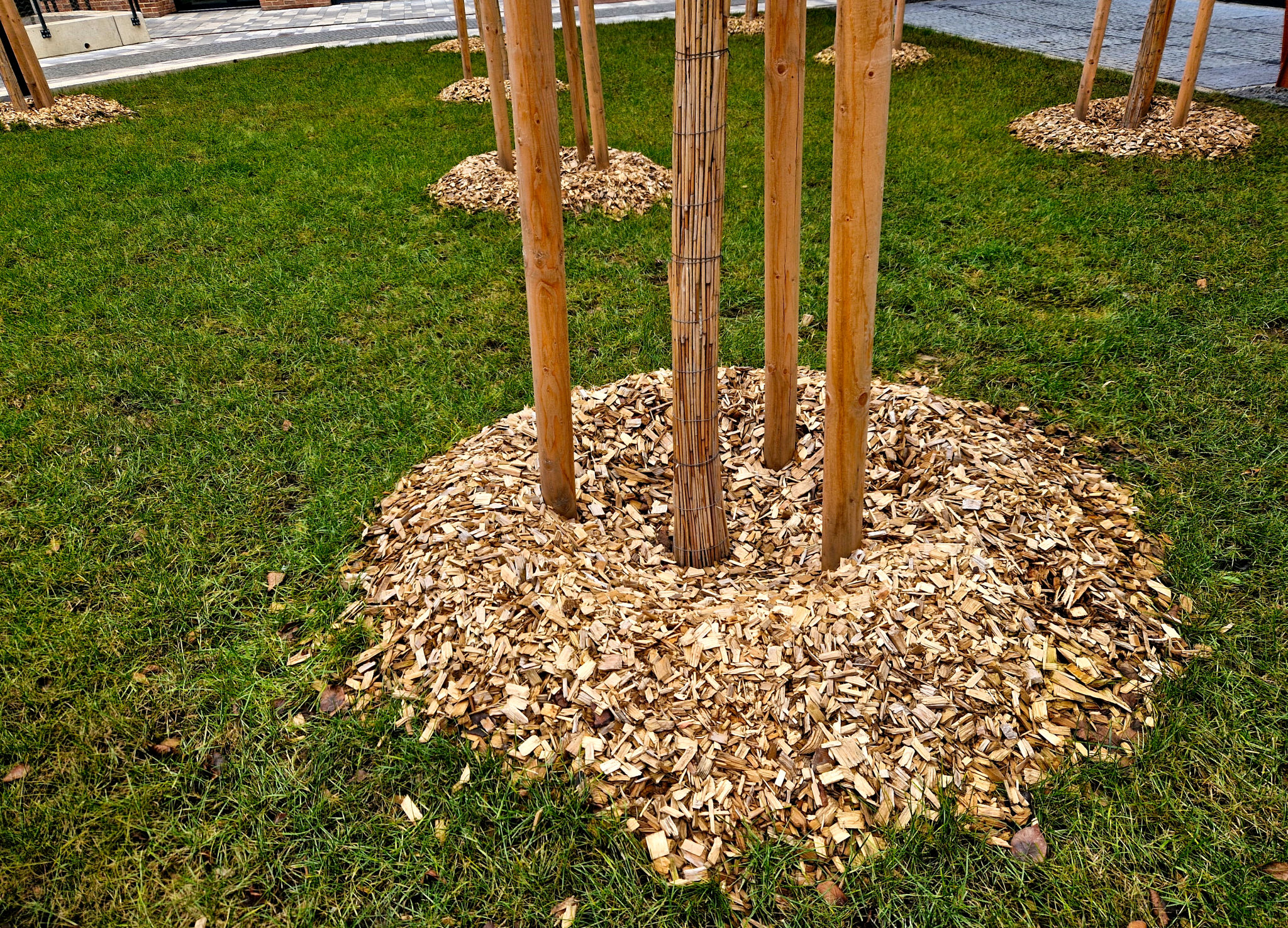Preparing Your Trees for Winter: Essential Tips for Hillsboro Residents
Understanding the Needs of Your Trees
As the vibrant colors of autumn begin to fade, it's time for Hillsboro residents to start preparing their trees for the cold winter months. Understanding the specific needs of your trees is crucial for ensuring they survive and thrive through the season. Each type of tree may have different requirements, so it's important to know what species are in your yard and their specific care needs.
Winter preparation involves several key steps, including cleaning up fallen leaves, pruning branches, and protecting the trees from harsh weather conditions. By taking these actions, you can help your trees remain healthy and strong, ready to burst into life again when spring arrives.

Pruning and Trimming
One of the most important tasks in preparing your trees for winter is pruning. Pruning helps to remove dead or diseased branches, reducing the risk of breakage under heavy snow or ice. This process not only protects the tree but also enhances its shape and growth in the coming year.
When pruning, focus on removing any branches that cross over each other or are growing inwards. These can cause damage during storms. Ensure you use clean and sharp tools to make precise cuts that will heal quickly. If you're unsure about how to prune correctly, consider hiring a professional arborist.
Mulching and Watering
Mulching is a beneficial practice that helps insulate tree roots from extreme temperature fluctuations. Apply a layer of organic mulch around the base of your trees, being careful not to pile it against the trunk. This helps retain moisture, suppress weeds, and provides nutrients as it breaks down.

Even though trees are dormant during winter, they still require water. Ensure your trees are well-watered until the ground freezes. Pay special attention to younger trees as they have less established root systems and are more vulnerable to drought conditions.
Protecting Against Wildlife
Winter can be a challenging time for wildlife, leading some animals to seek food sources in your yard. Protect your trees from damage by wrapping the trunks with a commercial tree wrap or using chicken wire to deter animals like deer or rodents from nibbling on the bark.
This is particularly important for young trees, which have tender bark that can be easily damaged. Regularly inspect the protective coverings throughout winter to ensure they remain intact and effective.

Checking for Pests and Diseases
Before winter sets in, inspect your trees for signs of pests or diseases that could worsen over the colder months. Look for unusual spots, holes, or discoloration on leaves and branches. Addressing these issues early can prevent further damage and improve the overall health of your trees.
Consider using natural or chemical treatments if necessary, but consult with an expert to choose the best approach for your specific situation. Keeping an eye on your trees' health is essential for their long-term wellbeing.
Planning for Spring
While you're preparing your trees for winter, it's also a great time to plan for spring planting. Determine if you want to add new trees to your landscape and research which species will thrive in your area. Consider factors such as sunlight, soil type, and available space when making your selections.
By taking steps now to prepare your existing trees for winter, you'll ensure a smoother transition into spring growth. Your efforts will be rewarded with a lush and healthy landscape when the warmer weather returns.
